Given his impressive output, it's surprising that It's About Time at Grayscale Gallery (running until Jan 2024) is Knayles's first solo exhibition. Graffiti is unique in the way that it interacts with its environment: instead of a white gallery wall, street art is displayed on a weathered one in the city; weeds growing out of the cracks in the pavement, landmark buildings in the distance. The entire scene is resonant with signs of life and the imprints of people who've engaged with the space before the artist ever picks up their cans. The challenge of translating this dynamic energy into a gallery space is partially why Knayles's first solo show has been so many years in the making. "This is a culmination of my 25 years in graffiti and I now feel I'm at the point where I can show it to people as my art," he says.
We caught up with Knayles to hear more about his practice over the years and his unabiding love for Joburg, particularly as someone who routinely spends time in the city's more unexplored spaces.
"Graffiti is somewhat symbolic of Johannesburg; both can be dirty and horrible in some ways but still beautiful and creative in others."
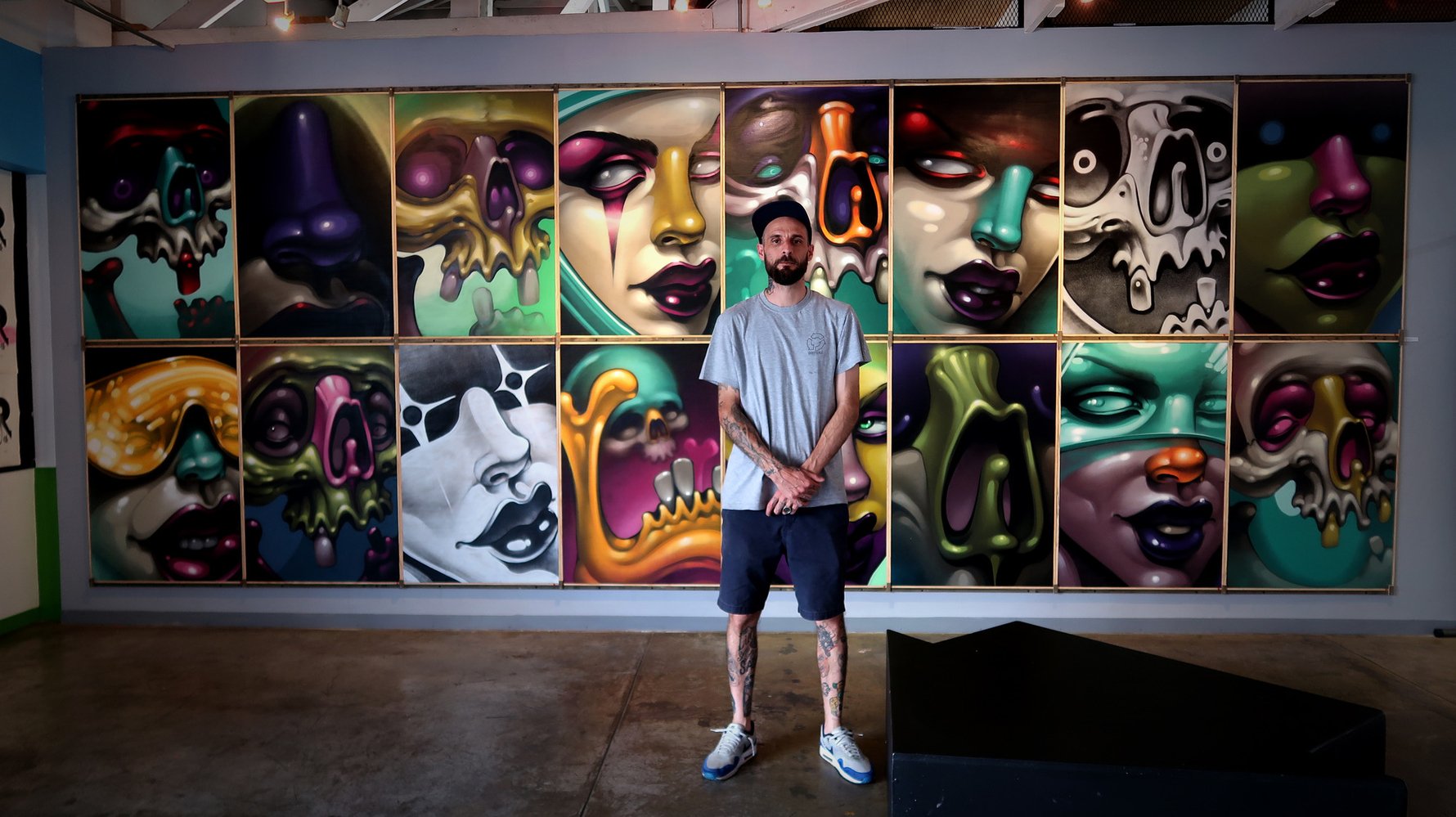
The city has been your canvas for almost 25 years. What's different about showing your work in a gallery space?
It can be very challenging to take your work from the streets to the gallery space; perhaps one of the reasons it's taken me so long to put together a show. It's not something you can just cut and paste. It's about finding a style that you can transition with, into that space, which is something I feel I have managed to do for this show.
How has your style evolved over the years, and your message along with it?
My style has evolved dramatically over the years. It went from being very character-based to character and lettering, and then back to character-based again. Through tattooing and other influences, I have come back to an interest in letters, and now my focus is mostly on letter forms while characters have taken a back seat. So there is not necessarily a strong message other than an evolution of style and interest.
What got you into graffiti?
I got into graffiti through my interest in hip-hop as a teenager. Having always been a creative child, I enjoyed drawing and making art into my teens, so when I discovered graffiti it was an immediate attraction for me and something I knew that I wanted to do.
Which is the piece you are most proud of?
I have many pieces I am proud of for different reasons. One of the highlights would be a piece that I painted in Troyeville a couple of years ago. It was a character's face with a big Rasty tag overlayed as a watermark on top of it. That was one piece that I was happy with when it was done, and I'm still happy with it today, so I feel that's a good reason to share it.
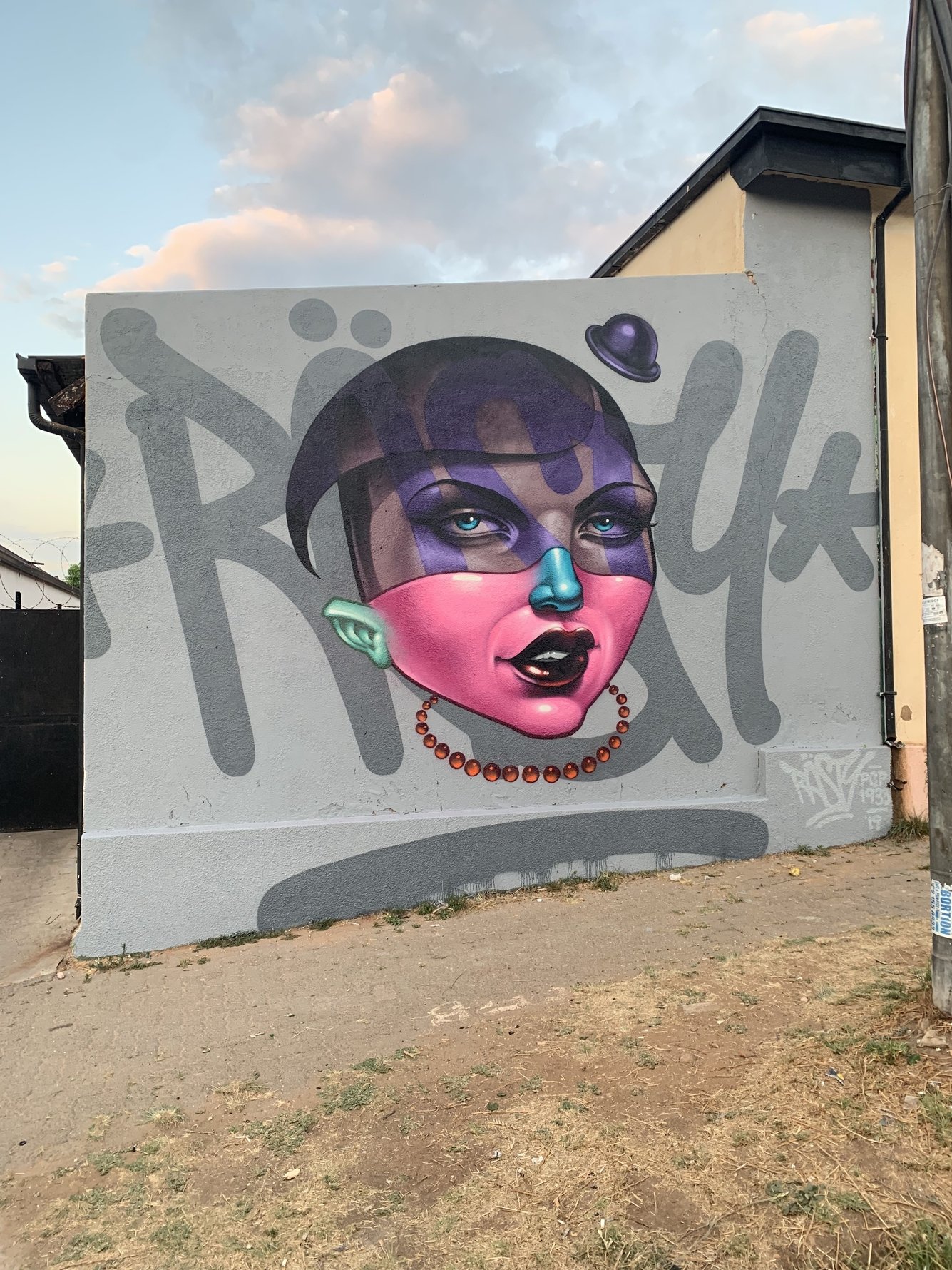
How has the Grayscale store and gallery evolved since you founded it? What does the space mean to you and those it serves?
Grayscale was formed in 2007 by myself and my two crew members Curio and Angel. It was originally set up as a graffiti store to sell the Montana spray paint we were importing from Germany. It was meant to service the graffiti community as a place for them to get all the materials they needed to improve and practise their graffiti. It continues to do that, the range of materials has increased, and we have also managed to expand into the gallery space where we have shown many exhibitions featuring graffiti artists. To me, it's a place that shows there is still growth in our graffiti scene and provides the platform for older and younger generations to do it.
What's unique about graffiti in Johannesburg?
Graffiti in Johannesburg feels natural. Johannesburg is a city of diversity and graffiti is something that seems to naturally fit in with it. The city has embraced graffiti in many ways. Graffiti is somewhat symbolic of Johannesburg; both can be dirty and horrible in some ways but still beautiful and creative in others.
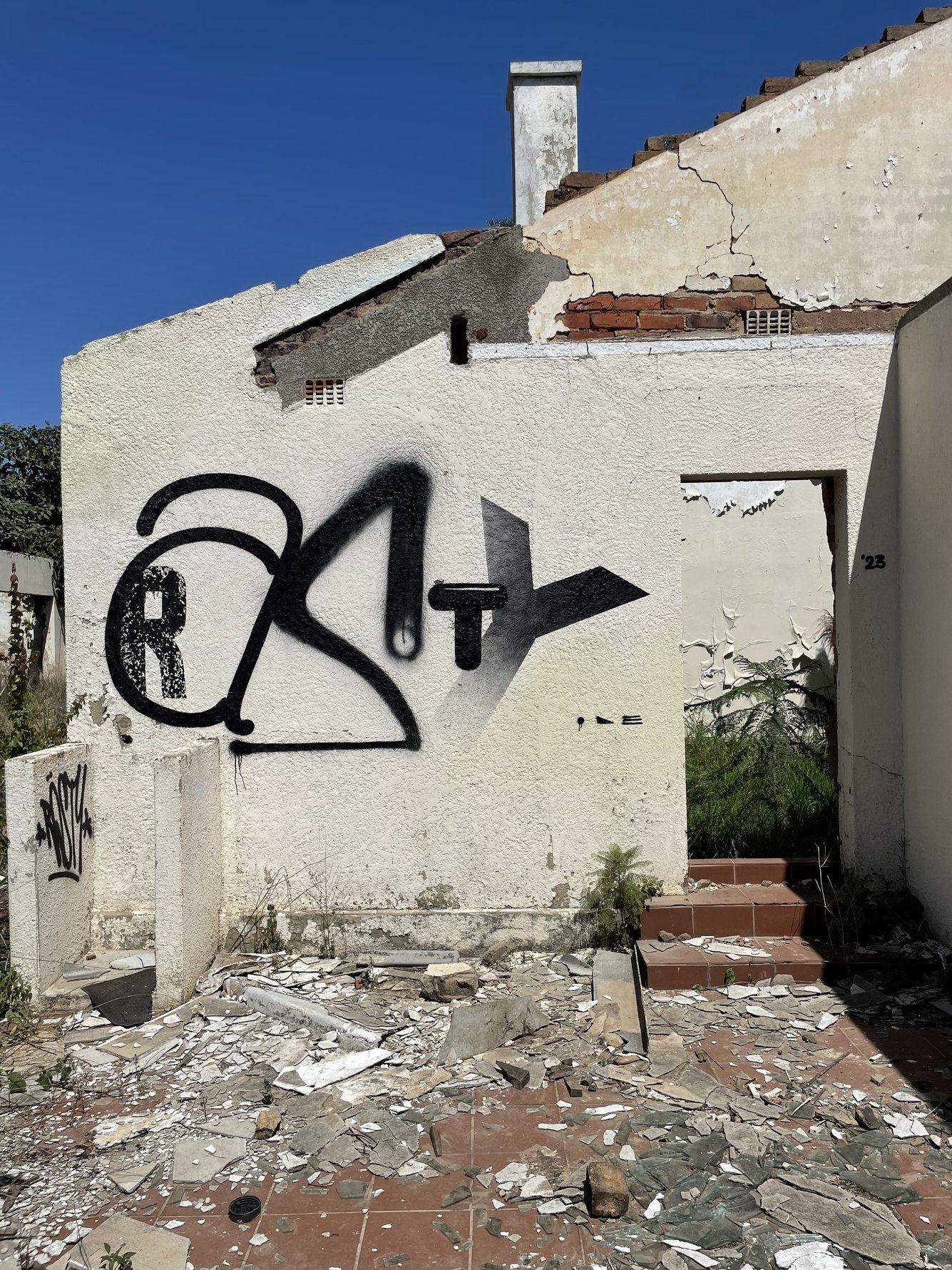
Where are the best places to go in the city to see graffiti and street art?
The best place for graffiti in Johannesburg is first and foremost Braamfontein which is of course where we are based, but there is also a high concentration of high-quality graffiti in and around the area. Secondly would be somewhere like Newtown, as it has always been home to graffiti in Johannesburg. Then there are areas like Troyeville, Maboneng and their surrounding areas, where you can see a lot of graffiti in a small enough area. There's also Westdene that has embraced graffiti and you can see a lot there too.
Who are some up-and-coming local graffiti artists you're excited about?
I'll have to shout out the young guns that I work with: Anser [NineOne], Chowmein [MEIN] and Rekso, those are the ones to look out for the most.
You're also an accomplished tattoo artist. What do you enjoy about this medium?
The best part of tattooing other than being able to make art for a living is the relationships that you form. You get to meet clients and interesting people, grow friendships and just learn about people in general.
What's the most Joburg tattoo you've ever inked?
I have been fortunate enough to do a lot of Johannesburg-inspired tattoos over the years and am always down to do more. But perhaps the most iconic one is a full Joburg-inspired back piece; I got to have a lot of fun with it, the client was super easygoing and gave me a lot of freedom with the concept. It is a piece I did many years ago but am still very happy with.
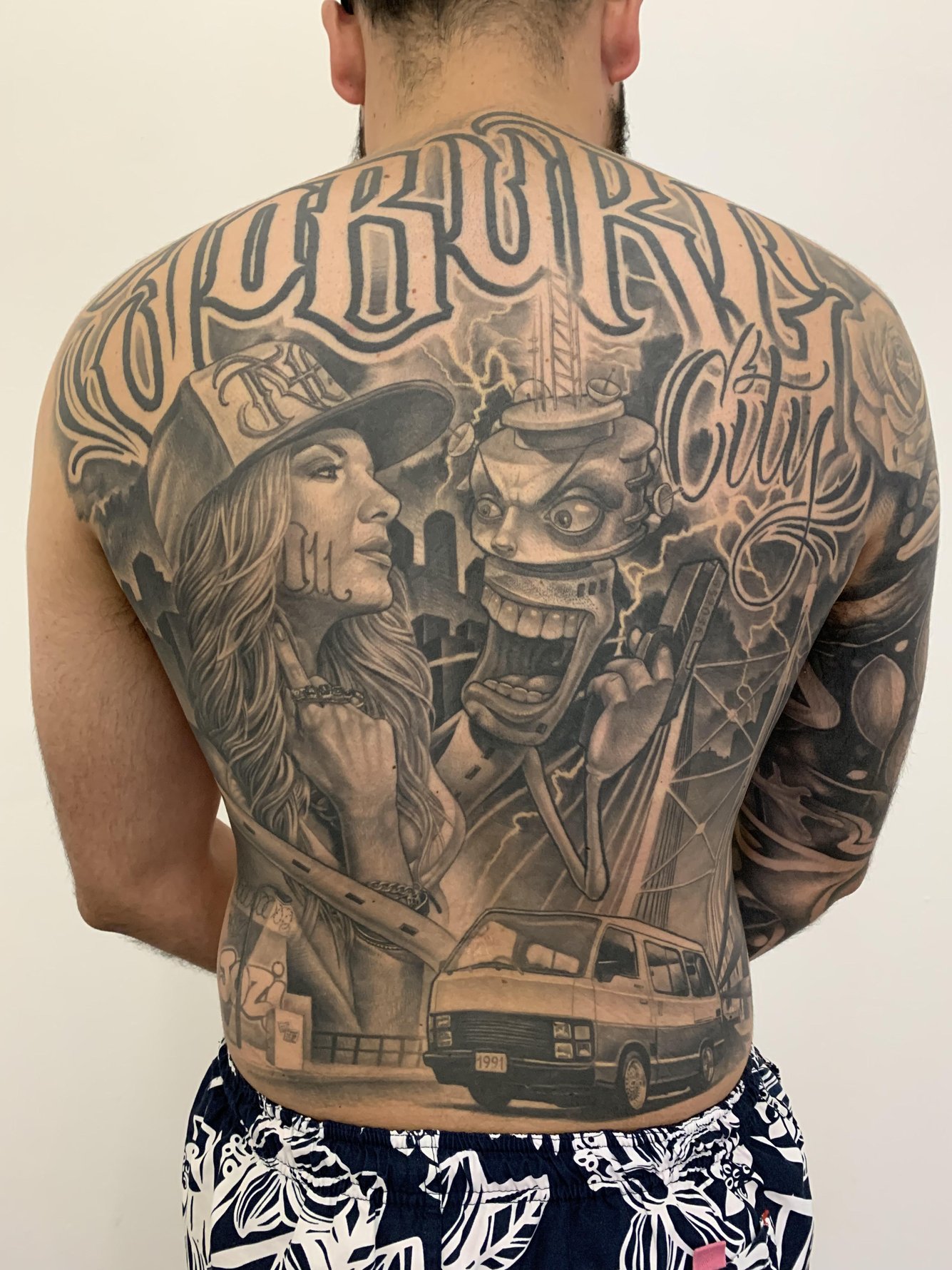
"I am now a helpless slave to Joburg’s intoxicating elixir of contrasts and contradictions."
What brought you to Joburg and what makes you stay?
My parents brought me here when I was eight and I am now a helpless slave to Joburg’s intoxicating elixir of contrasts and contradictions.
What were some of your first impressions of life in Joburg when you moved here at eight years old?
My first impressions were the size and scale of it and just how busy it was as a city.
When you think of Johannesburg as a city for art and artists in particular, what comes to mind?
I feel Joburg is a very creative city and it breeds creativity and artists in many forms. And I feel strongly that it's a city that can really show what graffiti has to offer to society.
Your favourite Joburg site or suburb, and why?
My favourite place in the city would be Braamfontein just because it's kind of CBD but it's still got a nice vibe and it's active and clean. Of course, there is also a lot of graffiti and it's where we have our [tattoo] studio. I feel it's a place that encompasses Joburg very well.
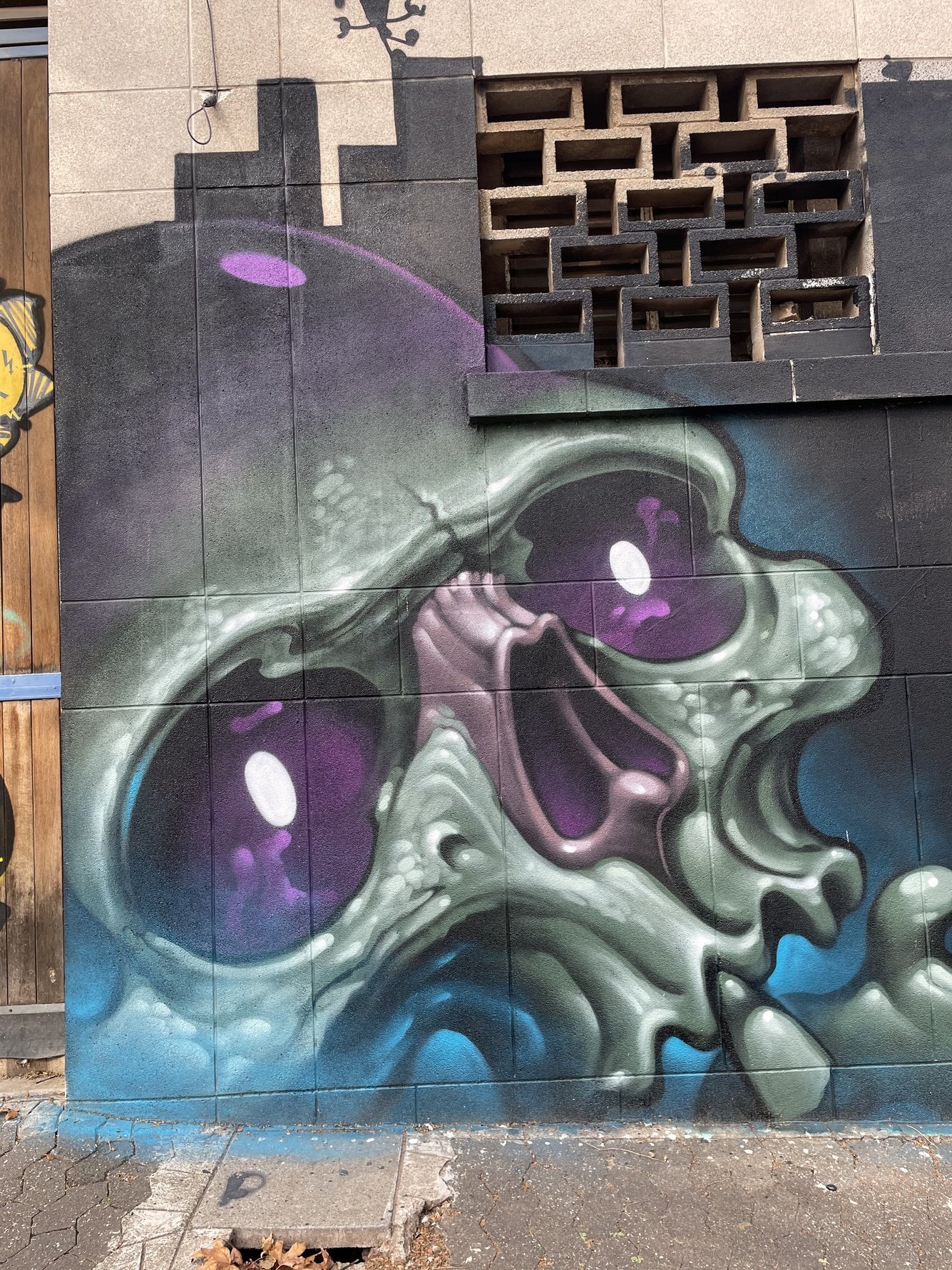
Where do you go in the city to recharge?
Emmarentia Dam [at the Johannesburg Botanical Gardens].
What three things should a visitor not leave Joburg without seeing or experiencing?
Grayscale Store and Gallery, the graffiti and a thunderstorm.
If you could buy one Joburg building which would it be?
The [Lawson's Corner] building in Braamfontein that houses the Wits Art Museum (WAM) and has the old rotating restaurant on top.
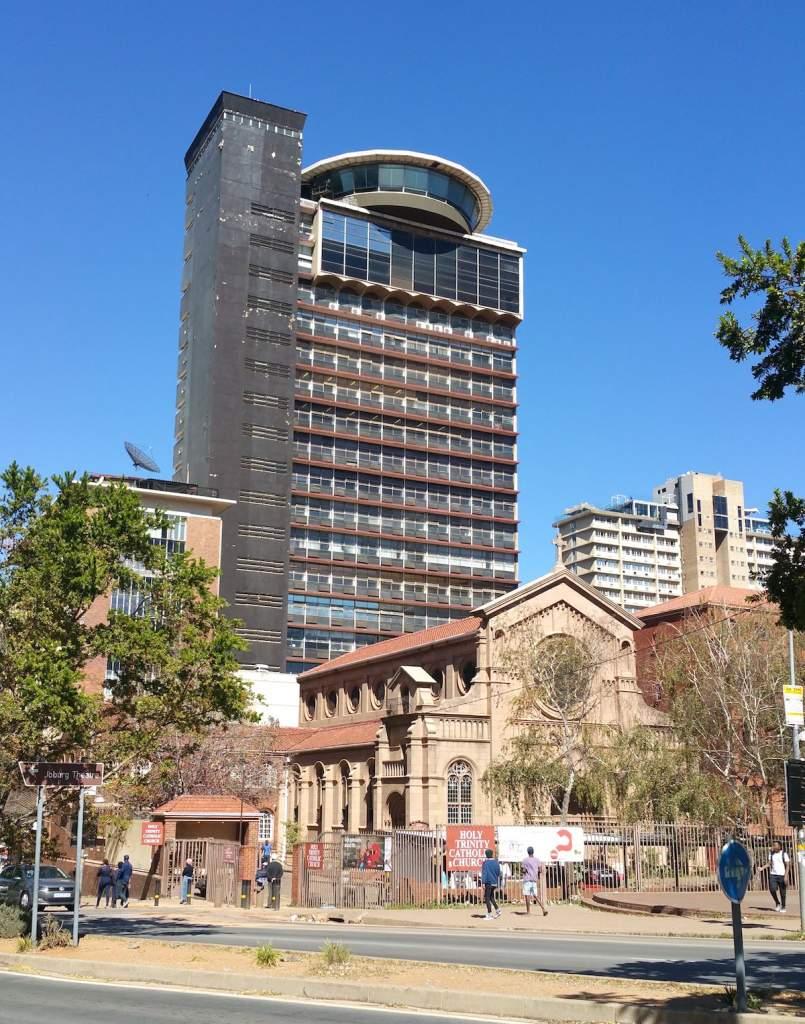
If you could be the Joburg mayor for one day (average tenure) what would you change?
Increase the budget and spending on public art.
Favourite Joburg label, and why?
CornerStore, just because it's a new label that I am involved in and I feel it's going to encompass Johannesburg and its essence.
Favourite restaurant or café, and what's your go-to order?
I have to say Soul Souvlaki and the halloumi wrap.
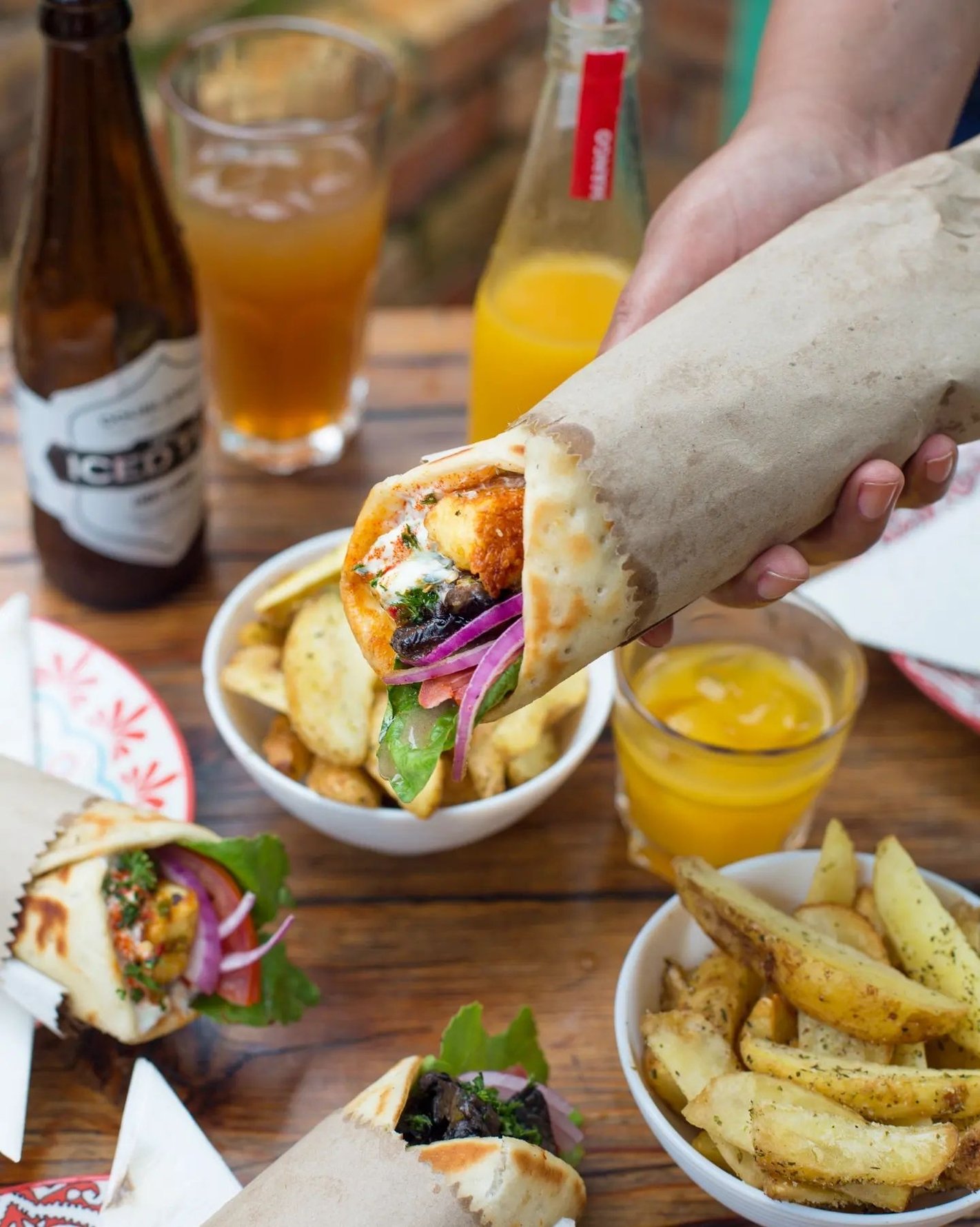
What makes someone a Joburger?
Loving Joburg.
What do you love the most about living in Joburg?
Every day that I wake up and go to work I feel the energy of the city and that inspires me.
What do you least like about Joburg as a city?
You pretty much have to drive everywhere.
The perfect weekend in Joburg includes...
Hanging out with friends, painting some graffiti and going to the park with my family.
Three words that describe this city.
Beauty in decay.
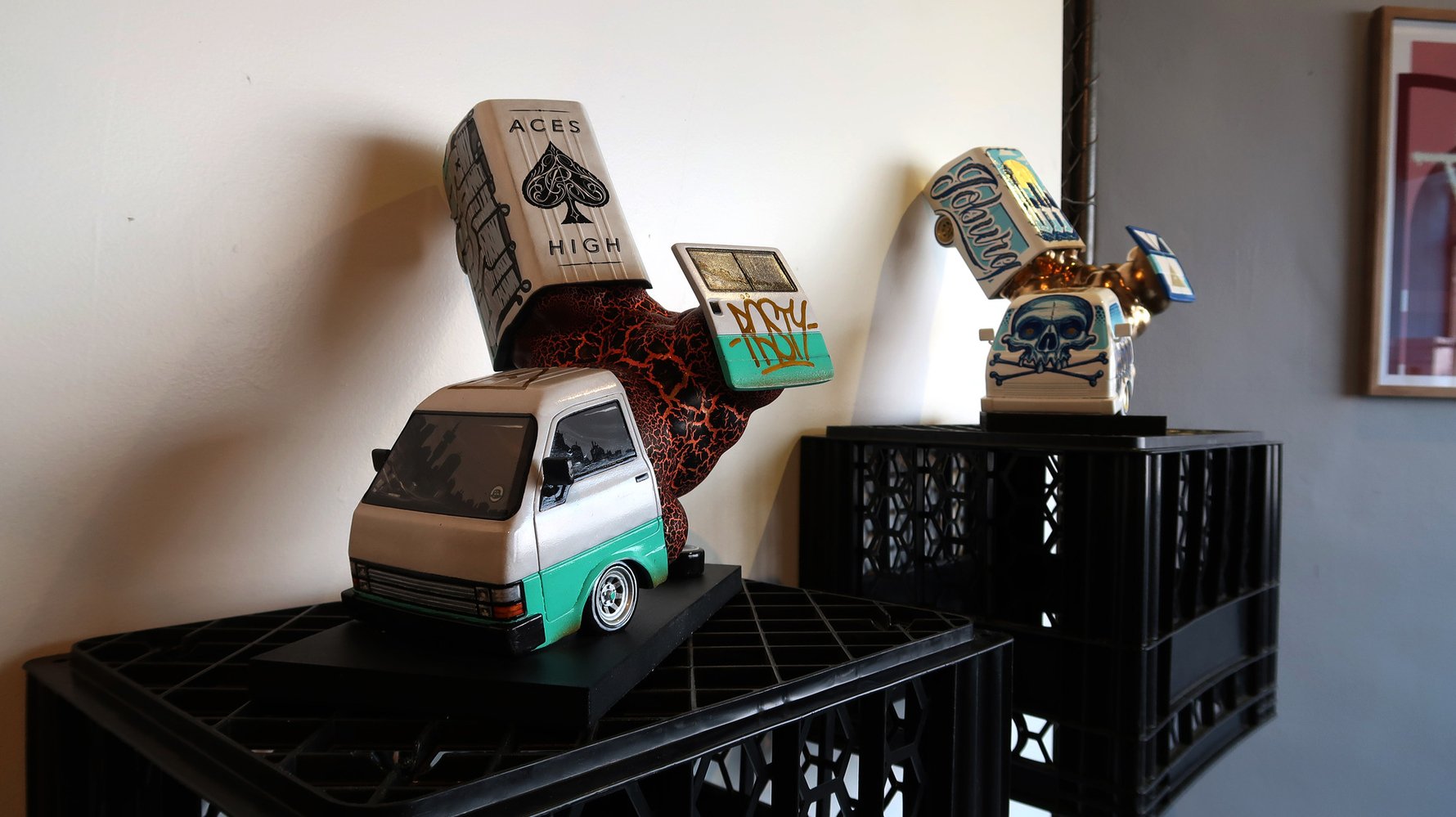
See Rasty Knayles' first solo exhibition at Grayscale Gallery in Braamfontein until Jan 20, 2024.
Check out some of our previous #MyJoburg interviews for more insights into the city:
#MyJoburg with Kay Kay Ribane, visual artist and co-founder of USURPA Gallery.
#MyJoburg interview with entrepreneur, Olwethu Leshabane.
#MyJoburg interview with Banele Khoza, artist and founder of BKhz Gallery.
#MyJoburg interview with Lelowhatsgood, creative trailblazer and founder of the VNJ Ball.


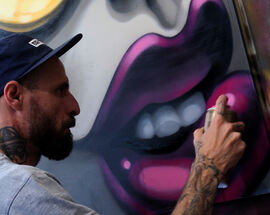
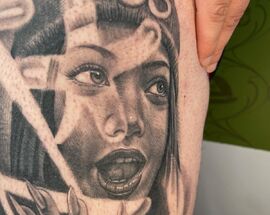
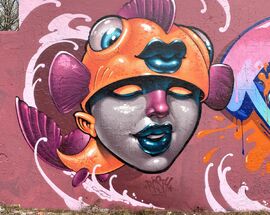


Comments